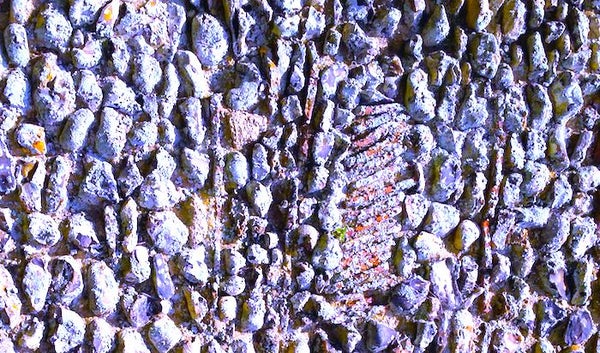This article was published in Scientific American’s former blog network and reflects the views of the author, not necessarily those of Scientific American
A recent paper in Scientific Reports has examined the apparent limits of cosmic conditions through which one of the hardiest types of organism on Earth could survive – the beloved tardigrade, or water bear.
The idea behind this work is that we can appeal to the various survival bounds of tardigrades, from temperature extremes to radiation resistance, in order to place an upper bound on the probability of the cosmos being nasty enough to truly eliminate any possible life on a suitable planet. Specifically, the authors look at astrophysical phenomena that might result in all the oceans boiling away on a terrestrial-type world.
Approaching the question this way leads to the suggestion that the last living things on Earth, in the distant future when our sun swells and envelopes us, could well be tardigrades. It’s a snappy headline, and a nice party piece.
On supporting science journalism
If you're enjoying this article, consider supporting our award-winning journalism by subscribing. By purchasing a subscription you are helping to ensure the future of impactful stories about the discoveries and ideas shaping our world today.
But, at the risk of being a bit curmudgeonly, I have to say that I think there are some problems with this projection (even allowing for its approximate nature). Most of these fall into the “let’s avoid simply accepting received wisdom” category. First, while it’s absolutely true that tardigrades (and there are quite a few species), are tough little critters, they’re far from being invincible.
Take for example the experiments that have exposed tardigrades to the vacuum of space, and to the extremes of low-earth-orbit conditions. I think what we all remember is simply that anything multicellular was able to survive at all. But it wasn’t easy on the water bears. One such experiment, using ESA’s ‘Biopan-6’ orbital platform, exposed two species of desiccated (i.e. already ‘hibernating’) adult tardigrades to a mix of vacuum and ultraviolet radiation over 10 days. The tardigrades all dealt with basic vacuum very well, but when UV solar radiation was added to the mix the story wasn’t so clear cut. In fact, even the specimens that were revived (rehydrated) had high mortality rates, and one of the species was effectively wiped out but for one plucky individual.
The takeaway is that while it’s remarkable that any organism survived this ordeal at all, this was not a slam dunk for tardigrades.
The second piece of my skepticism comes from the fact that it’s one thing for a healthy organism to show remarkable hardiness, it’s a whole other thing for a species to hold up over time. For example, consider the diet of tardigrades – a piece of the puzzle that is usually conveniently ignored.
What do they eat? An adult tardigrade enjoys piercing plant and animal (eukaryotic) cells and sucking out the innards. Sometimes they gobble up entire rotifers or even other tardigrades. When active they live in marine and semi-aquatic, or moist environments – such as the mosses and lichens you might find in your garden.
And here’s the problem. A tardigrade may shrug off temperature extremes, radiation, and other indignities by hibernating, but in the longer term it will only survive as long as its food does. Blast a planet with radiation from an inconvenient supernova, or cook up the oceans, and the tardigrades may indeed be all that’s left, except there will be no food source for them to make it into the future. It takes a biosphere to raise a water bear.
That is, to my mind, one of the challenges of making any useful statements about the propensity of an environment to support life. The vast majority of life on Earth is intertwined with other life - from multi-cellular food chains to bacterial colonies and mutually supportive metabolisms ('I eat what you excrete'). There seem to be few exceptions. Perhaps the remarkable lone-living Desulforudis audaxviator is the best example of an organism that - at least today - doesn't seem to need any company. But this bacterium, while tough, is wimpier than tardigrades in its ability to handle high temperatures, keeling over at a mere 60 Celsius instead of 150 Celsius.
While it’s true that the conditions of tardigrade survival yield interesting limits on what life can do, they may lead us to significantly overestimate the true range of viable living systems in the universe. At least based on terrestrial biochemistry.
